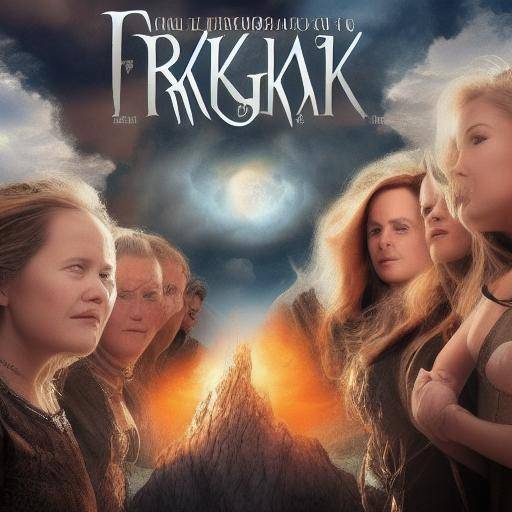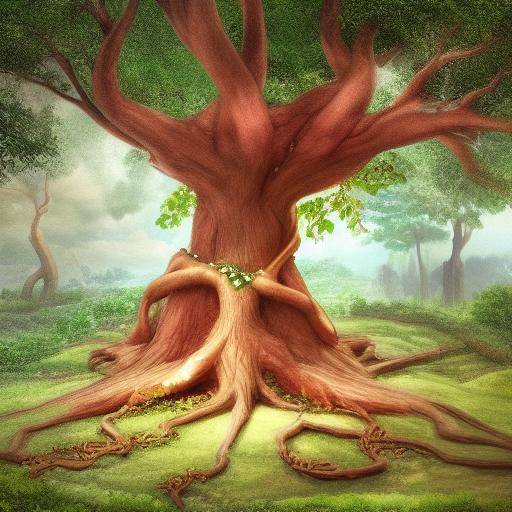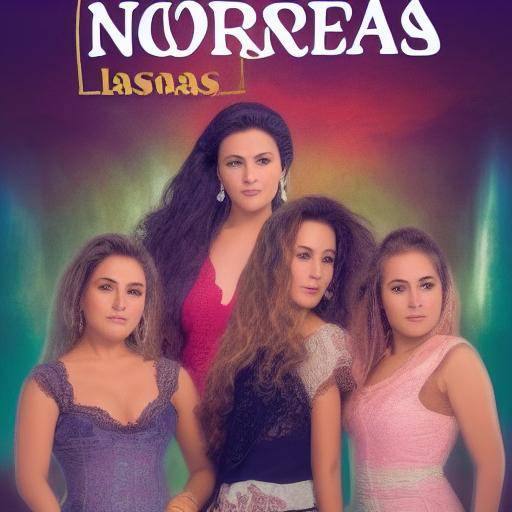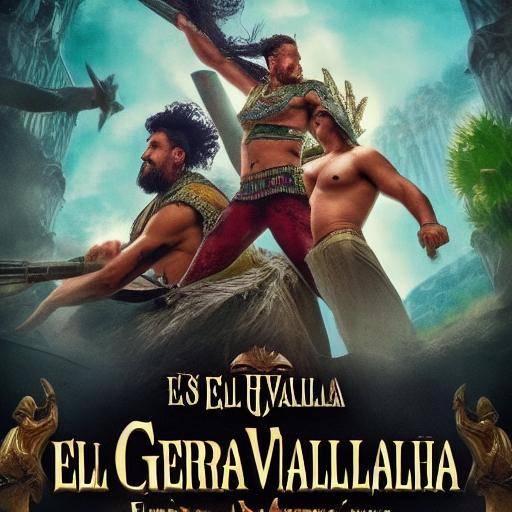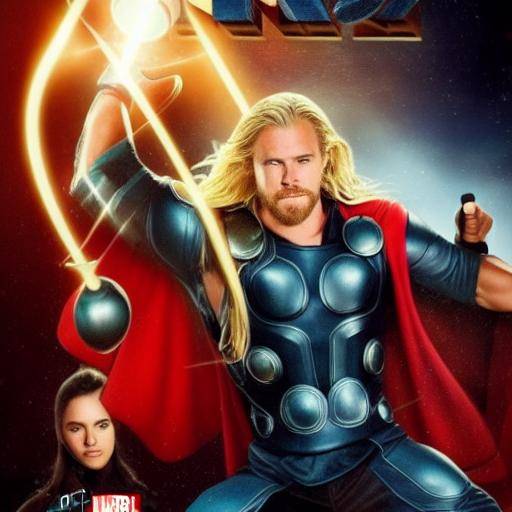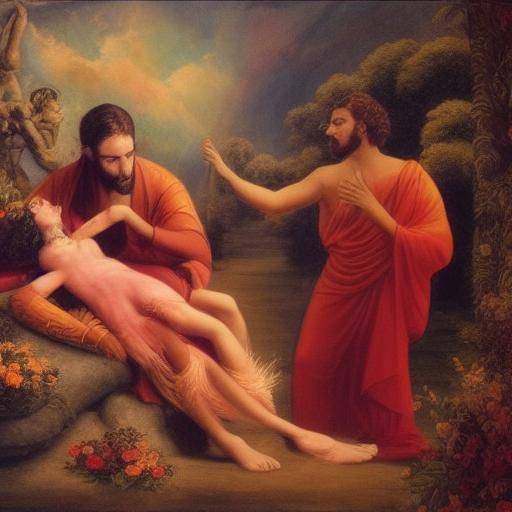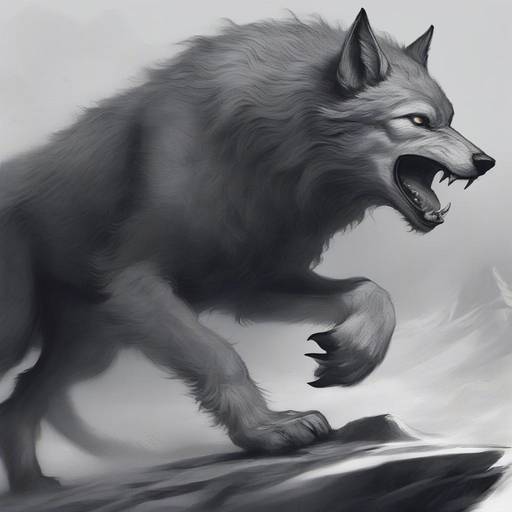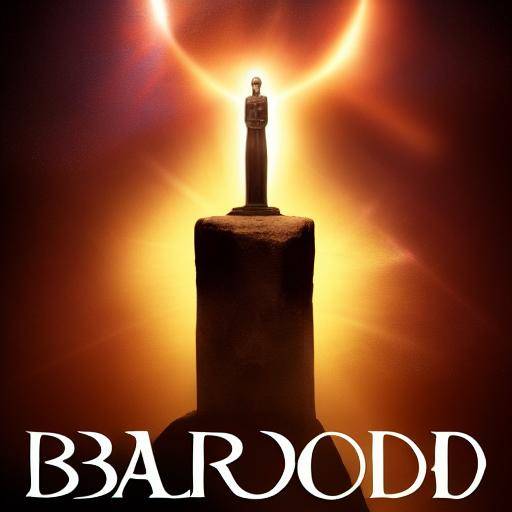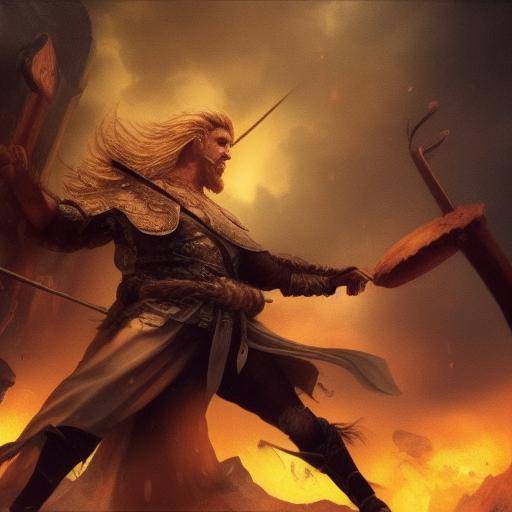
Introduction
The Nordic mythology is full of intriguing accounts, and among the most prominent figures are the Aesir and the Vanir. These two powerful families of gods lead stories of challenges, alliances, and wars that have captured the imagination of generations. In this article, we will thoroughly explore who the Aesir and the Vanir are, their role in Nordic mythology, and how their conflicts have shaped the universe of divine power in this fascinating worldview. Prepare to enter an epic journey through gods and wars.
History and Origin of the Aesir and the Vanir
The Nordic mythology transports us to an ancient time in which the cosmos was populated by powerful beings that influenced the fate of mortals. The Aesir and the Vanir are two of the most important divine tribes of this pantheon.
The Aesir are recognized as the main gods of the Nordic pantheon, led by Odin, the mighty god of wisdom and war. For their part, the Vanir are a family of gods associated with fertility, led by Njord, the god of the sea and wealth. In some accounts, the Vanirs are described as gods older than the Aesir, which reflects a struggle for dominance between these two divine factions.
The epic confrontation between Aesir and Vanir, known as the War between the Gods, culminated in a peace treaty that sealed the union between both divine families. This agreement included hostage exchanges and mutual recognition of the validity and power of their respective gods. This reconciliation symbolizes the integration of essential aspects of human existence, such as war and fertility, into the Nordic cosmogony.
The Nordic mythology evolved with the incorporation of both groups of gods, and syncretism between Aesir and Vanir enriched the creation of epic accounts and complex interactions between divinities. The symbols of this union are expressed through marriage alliances, the generation of divine children and cooperation in the defense of the cosmos against external dangers.
Deep Analysis of Divine Figures
The understanding of the Aesir and the Vanir goes beyond a simple enumeration of divine names. Its characteristics, decisions and destinies have profound implications for Nordic cosmology and its influence on human life.
The Aesir are representative of the value, justice and cunning in the Nordic mythology. Odin, in particular, is a central figure that seeks knowledge at all costs and does not hesitate to make sacrifices to achieve its goal. Freyja, the goddess of fertility among the Vanir, personifies the duality between love and war, showing how the Nordic mythology integrates the complexity of human aspects through their gods.
In many Nordic accounts, the gods are faced with moral dilemmas, existential challenges and mortal dangers, making them archetypes inspiring and examples of courage and wisdom for humans. Through the exploits of the Aesir and the Vanir, the Nordic myths explore the limits of heroism, loyalty, and the relationship between the divine and the earthly world.
Detailed Review of Their Roles and Meanings
The monumental influence of the Aesir and the Vanir in Nordic mythology extends beyond their own narratives. These deities are protagonists and catalysts of countless stories that reflect values, traditions and teachings rooted in Nordic culture.
The constant flirtation of Loki, a cunning and often troublesome god of the Aesiry family ties between the Vanirs show the importance of emotional connection, loyalty and solidarity in Nordic life. Moreover, the inevitable confrontation with creatures such as giants and evil beings shows how the Aesir and the Vanir are intrinsically intertwined with the protection and destiny of the known world.
It is through these interactions that you can better understand the complexity of the Nordic mythology. The accounts of the Aesir and the Vanir are a reflection of the existential realities and internal and external struggles that mark the human condition, which makes their stories still relevant and significant today.
Comparative Analysis between Aesir and Vanir
Beyond the differences in their skills and areas of influence, the Aesir and the Vanir share similarities that underline their impact on Nordic mythology. Both divine families embody fundamental aspects of life and human nature, and their coexistence symbolizes the need for balance between opposites, such as war and peace, wisdom and fertility, order and chaos.
Despite their initial differences, the union of the Aesir and the Vanirs serves as a reminder of the complementarity of the opposites and the need for cooperation in the creation and preservation of the world. This integration symbolizes a testimony of the wealth and complexity of human existence, showing the importance of diversity and cooperation in addressing the challenges and mysteries of life.
Practical Tips and Recommendations to Explore Nordic Mythology
If you are interested in diving even more in the fascinating world of the Aesir and the Vanirs, here are some practical tips to explore Nordic mythology:
- Reading of Ancient Texts: Come closer to the original sources, such as the Poetic Edda and the Prosaica Edda, to get a deeper understanding of the Nordic myths.
- Research of Experts: Search for materials from academics and specialists in Nordic mythology to obtain a multidisciplinary view of this topic.
- Visit to Museums: Explore exhibitions dedicated to Nordic mythology in specialized museums for a unique visual experience.
- Participation in Cultural Events: Find festivals or events that celebrate Nordic mythology, where you can immerse yourself in Nordic culture and folklore.
Conclusion and FAQs
Conclusion
Nordic mythology is a vast and evocative universe that encapsulates the richness of human condition through its accounts of Aesir, Vanir and divine struggles. The exploration of these powerful figures gives us not only entertainment, but also reflections on the complexity of existence, the duality of human aspects and the need for cooperation and balance in life and the cosmos.
FAQs
Who are the gods Aesir and Vanir?
The Aesir and the Vanir are families of prominent gods in the Nordic mythology. The Aesirs are associated with war, wisdom and justice, while the Vanirs are related to fertility, prosperity and nature.
What was the conflict between Aesir and Vanir?
The "war between the gods" was a confrontation between the Aesir and the Vanirs that ended with a peace treaty and the union of both divine families in the Nordic mythology.
What is the importance of Aesir and Vanir in Nordic mythology?
The Aesir and the Vanir play fundamental roles in Nordic mythology, representing essential aspects of human existence, such as war, fertility and wisdom.
How can you learn more about Nordic mythology?
Exploring original sources, investigating the work of experts, visiting museums and participating in cultural events are recommended ways to get into Nordic mythology.
What are some outstanding works of Nordic mythology?
The Poetic Edda and the Prosaica Edda are fundamental texts that collect the Nordic myths. In addition, Icelandic sagas offer epic stories that enrich the understanding of this rich tradition.
How do Aesir and Vanir figures influence contemporary culture?
The Nordic myths have inspired numerous literary, artistic and cinematic works, and remain a source of fascination and reference in contemporary popular culture.
Through the immersion in the conflicts, achievements and complexity of the Aesir and the Vanirs, deep and timeless aspects of human nature are revealed, making the Nordic mythology a treasure of wisdom and entertainment. We hope that this article has helped to enrich your understanding of these powerful mythological figures and inspired you to further explore this rich universe of gods and wars.

